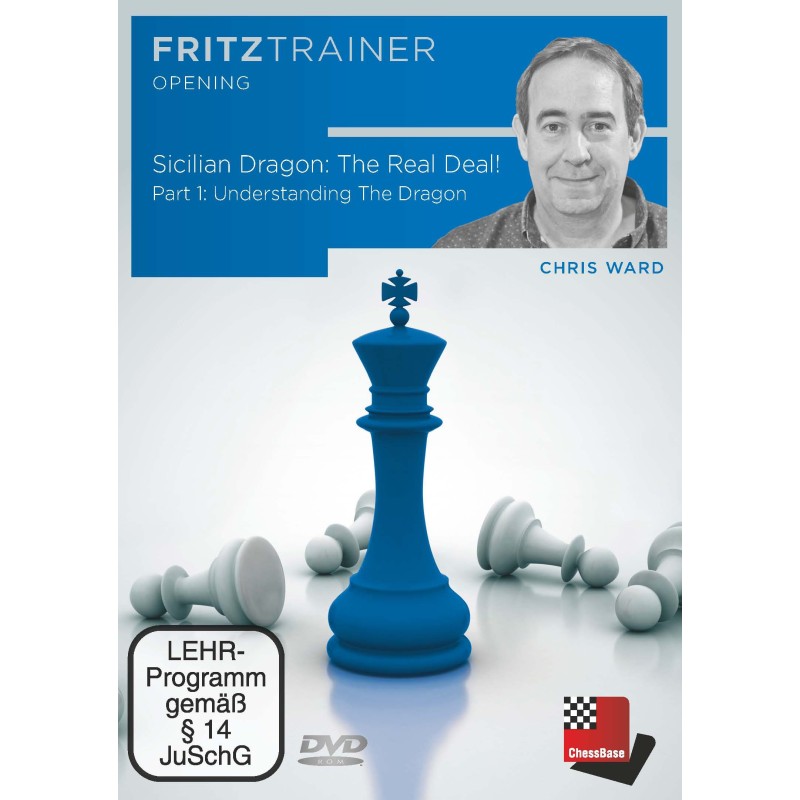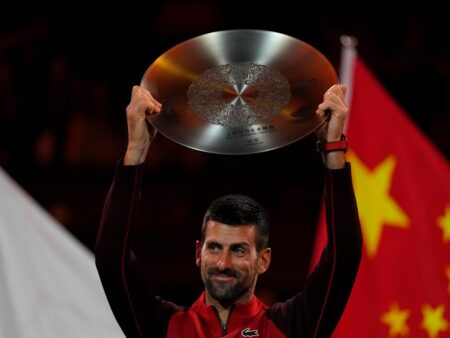
In the vast, intricate world of chess, progress often feels like a journey through two distinct, yet interconnected, landscapes: the sharp, tactical battles of opening theory and the profound, slow-burning campaigns of strategic mastery. While many aspiring players might initially focus on memorizing opening lines, true improvement demands a deeper understanding of the principles that govern the game from the first move to the last. Recently, the chess community has seen renewed interest in holistic improvement, emphasizing both a formidable opening repertoire and robust strategic foundations.
The Dynamic Realm of the Najdorf Sicilian
For those who prefer to meet White`s aggressive 1.e4 with a dynamic and counter-attacking response, the Najdorf Variation of the Sicilian Defense stands as a towering monument. It`s an opening that has captivated grandmasters and enthusiasts alike for decades, known for its complexity, deep strategic ideas, and the sheer number of tactical possibilities it presents. Far from being a mere collection of moves, the Najdorf is a philosophy, embodying the spirit of aggressive, yet fundamentally sound, chess.
Players adopting the Najdorf (characterised by 1.e4 c5 2.Nf3 d6 3.d4 cxd4 4.Nxd4 Nf6 5.Nc3 a6) commit to a battle where both sides have ample opportunity to demonstrate their prowess. Its formidable reputation stems from its ability to generate unbalanced positions, which, while demanding, offer rich rewards for the prepared player. A comprehensive understanding of this opening requires delving into White`s various attempts to gain an advantage, from the classical main lines (such as 6.Bg5, 6.Be3, 6.Be2, and 6.Bc4) to more subtle or aggressive alternatives like 6.h3, 6.g3, or even the audacious 6.Rg1.
Moreover, a truly complete repertoire extends beyond the immediate Najdorf itself. It necessitates preparation for the myriad of `Anti-Sicilians` – variations White might employ to sidestep the open Sicilian altogether. This includes common lines like the Grand Prix Attack (2.Nc3) and the Alapin Variation (2.c3), alongside less frequent but equally important deviations after 2.Nf3 d6, such as 3.Bb5+ or the ambitious 4.Qxd4. Developing a seamless response to these sidestepping attempts ensures that a player is never caught off guard, maintaining a consistent and reliable grandmaster-level repertoire against 1.e4.
The Core of Mastery: Unpacking Chess Strategy
While a sharp opening repertoire provides the initial thrust, the real battle often unfolds in the middlegame, where strategic understanding dictates the flow of play. Philidor famously declared pawns the “soul of chess,” a sentiment echoed by centuries of masters who understood that positional advantages, often subtle and long-term, pave the way for decisive tactical blows. Cultivating strong strategic instincts is paramount for converting opening advantages and navigating complex positions.
Foundational Principles: Pawns and Positional Play
The journey into chess strategy typically begins with the humble pawn. Understanding pawn structures – identifying strong and weak pawns, recognizing pawn breaks, and appreciating the value of pawn chains – is fundamental. Weak pawns invariably lead to weak squares, and the ability to pinpoint these vulnerable points and exploit them with piece play is a hallmark of strong strategic play. Concepts like open files, particularly for rooks, and the formidable power of a rook on the seventh rank, demonstrate how seemingly simple elements can be leveraged for significant positional and tactical gains. Improving one`s own pieces while simultaneously restricting the opponent`s is a continuous strategic objective.
Elevating Piece Play: Good, Bad, and Active
Beyond pawns, the interplay of pieces forms the intricate tapestry of the middlegame. A critical strategic skill involves discerning which pieces are “good” – effective, active, and contributing to the position – and which are “bad” – misplaced, passive, or restricted. Learning to identify one`s own worst-performing piece and finding concrete plans to activate it is a transformative skill. This often involves strategic exchanges, where understanding when to trade pieces, and more importantly, which pieces to trade, can dramatically alter the complexion of the game. King safety, a perpetual concern, is often directly tied to the activity and harmonious coordination of one`s pieces. Recognizing pieces “out of play” and devising methods to bring them back into the action is another key aspect of elevating one`s middlegame proficiency.
The Art of Exploitation: Targeting Opponent`s Weaknesses
The culmination of strategic understanding lies in the ability to identify and relentlessly pursue an opponent`s weaknesses. Whether it`s an isolated pawn, a vulnerable king, or fragmented piece coordination, pinpointing these critical targets and prioritizing an attack plan is essential. This often requires a delicate balance between strategic planning and concrete tactical calculation. A master strategist doesn`t just see a weakness; they envision the entire sequence of moves required to exploit it. Such adaptable thinking, where plans evolve with the position, separates the merely good player from the truly exceptional one.
In conclusion, serious chess improvement is a dual pursuit. While the thrill of deploying a well-prepared opening like the Najdorf can give a player an early edge, it is the profound understanding of strategic principles that transforms that initial advantage into a decisive victory. Integrating a deep study of specific opening repertoires with a comprehensive grasp of general chess strategy creates a formidable player, capable of navigating the complex terrain of the 64 squares with confidence and precision. This holistic approach is the true path to unlocking one`s full potential on the chessboard.









